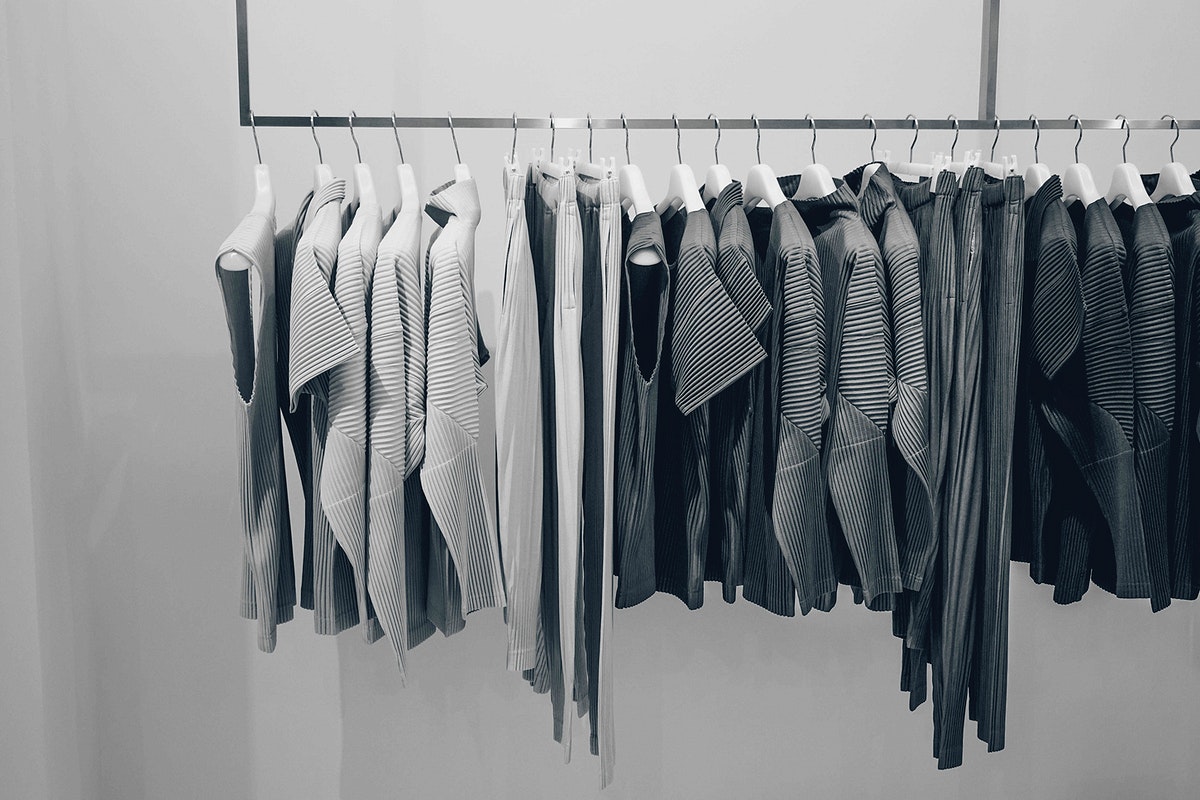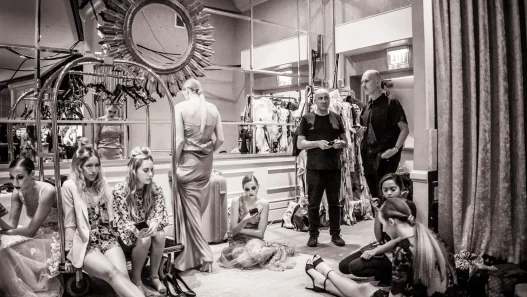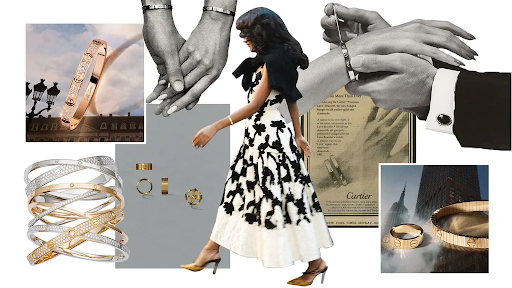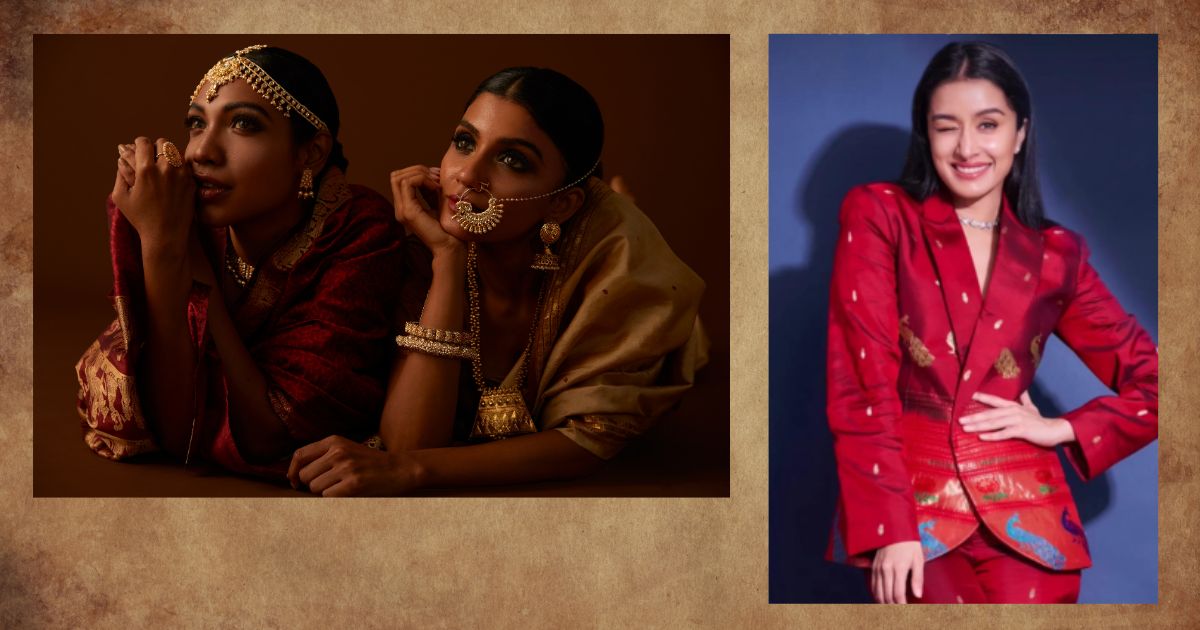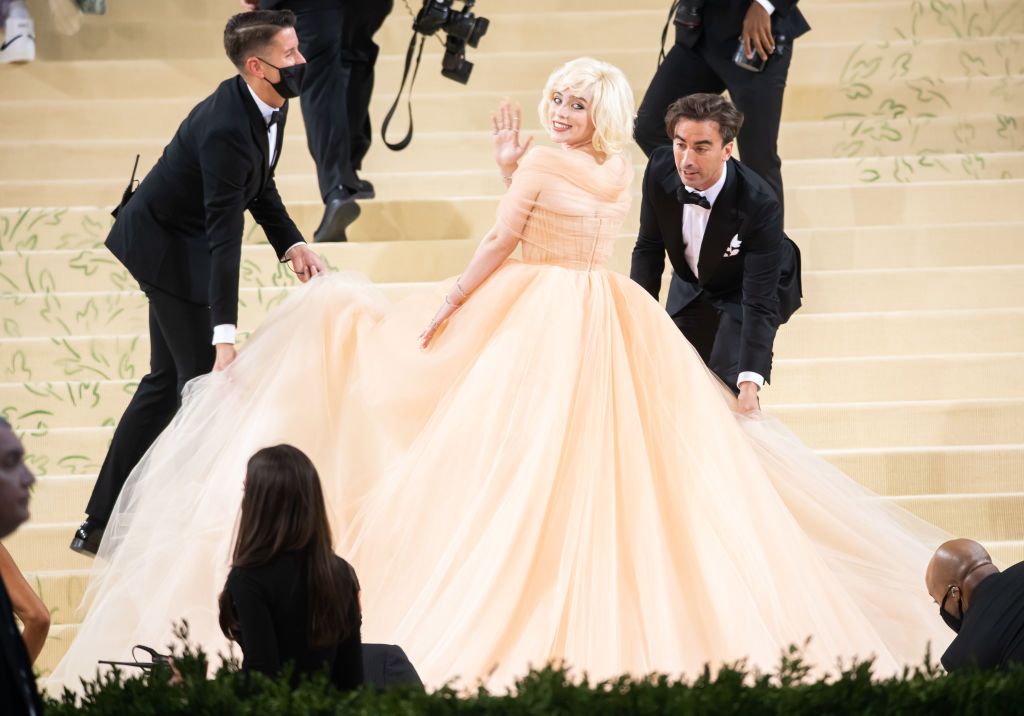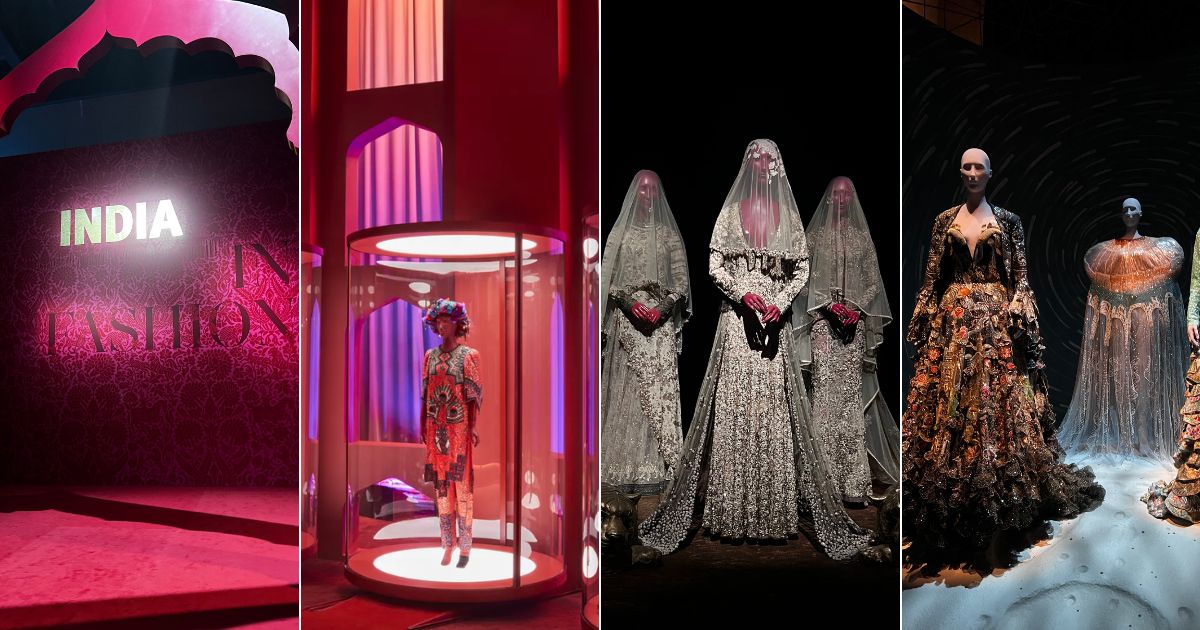INTRODUCTION
The fashion industry has been criticized for lack of inclusivity and narrow beauty standards towards plus size individuals. In recent years, there has been a growing movement to increase representation and accessibility for plus size men as it promotes diversity and benefits the fashion industry. Designers are recognizing the need for greater inclusivity by beginning to cater to the plus size market. This has resulted in a wider range of plus size clothing options break size barriers.
One of the key players for inclusivity in the fashion industry is the body positivity movement that advocates the acceptance of all body types and encourages individuals to embrace their bodies. It has helped to bring plus-size men into the mainstream and shift the focus away from traditional beauty standards. A factor that contributes to the acceptance of plus-size men is the rise of social media. With platforms like Instagram and more, plus-size men are able to showcase their personal style and share their fashion choices with the world. This has aided to normalize plus-size as fashionable and attractive and have a greater presence in the fashion world.
BENEFITS OF PLUS SIZE IN FASHION
- Representation
The fashion industry in India has historically been focused on the portrayal of thin and attractive models leading to lack of representation for plus size men. One reason is the unavailability of clothing options. It is not only unfair but also short sighted. Many clothing retailers offer only a limited range of sizes or offer larger sizes at a premium price. This makes it difficult for plus size men to find clothing that is fairly economic and fits them well. It is important to recognize that plus size men are just as deserving of representation in the fashion industry as anyone else. They come in all shapes, sizes and colours and deserve to be seen in campaigns and on runways.
- Economic Opportunity
Plus size men represent a significant portion of the population. By failing to cater to their clothing needs, retailers risk alienating a potentially lucrative market and damaging their reputation. The inclusion of plus size men in the fashion industry has economic benefits. The plus size market is a rapidly growing segment of the fashion industry with an estimated worth of approximately $5 billion in India and $24 billion globally. By excluding plus size men, fashion companies risk losing potential customers and profits. Inclusivity and diversity in fashion can lead to increased creativity and innovation within the industry.
- Reduces Discrimination
A pronounced issue that plus size men face in the fashion industry is discrimination. Despite the push for greater representation, plus size men are often excluded from fashion shows and campaigns and are rarely seen on the covers of fashion magazines. The lack of representation of plus size men in the fashion industry can have negative effects on their mental well-being. Studies show that exposure to narrow beauty standards can lead to body dissatisfaction and low self-esteem. Inclusion of plus size in the fashion industry promotes body positivity and combats negative effects. In addition to the moral and economic arguments, legal implications shall also be considered. In many countries, discrimination on the basis of size is illegal and fashion retailers that fail to cater to the clothing needs of plus size men could face legal consequences.
LEGALITY OF PLUS SIZE FASHION IN INDIA
Inclusion of plus size in fashion has been a long-standing issue. Despite the increasing demand for larger sizes in the market, the fashion industry in India has been focused on catering to slimmer body types. This has left many plus size men feeling excluded and marginalized. The fashion industry has traditionally been exclusive and discriminatory towards plus size men by often ignoring their needs and wants when it comes to clothing and representation. This is an issue from the perspective of social justice as well as legal standpoint. India has a number of laws and regulations that aim to promote inclusivity and protect the rights of individuals.
Under Indian legislation, discrimination on the basis of physical appearance is prohibited. This includes discrimination against individuals based on their size or weight. Article 14 of the Constitution of India guarantees the right to equality, Article 15 of the Constitution of India prohibits the discrimination on the basis of certain protected characteristics, including race, religion, and sex. While body size is not explicitly protected under any laws in India, same can be interpreted as discrimination on the basis of weight can be considered a form of sex discrimination. Article 21 of the Constitution of India guarantees the right to life and liberty, which has been interpreted to include the right to dignity and self-respect. The exclusion of plus size men from the fashion industry can be seen as a violation of these rights.
The fashion industry in India also has its own set of self-regulatory guidelines that aim to promote inclusivity and diversity. The Fashion Design Council of India (FDCI) has developed a set of codes of conduct that outlines the ethical and professional standards that fashion designers and brands are expected to follow. These codes of conduct include provisions on inclusivity and diversity, and prohibit discrimination on the basis of body size.
In the United State of America, the Civil Rights Act, 1964 and the Americans with Disabilities Act prohibits discrimination on the basis of certain protected characteristics, including race, sex, and disability.
CONCLUSION
The inclusion of plus size men in the fashion industry is not only a matter of promoting body positivity and combating discrimination, but also has potential economic and legal implications. It is important for fashion companies to recognize the value of inclusivity and diversity, and to take steps to promote the inclusion of plus size men in their marketing and product lines. Despite the legal and regulatory frameworks, the inclusion of plus size men in fashion remains a challenge. Many fashion brands and designers continue to focus on slim and fit body types, and the lack of representation of plus size men in the media and fashion continues. Plus size male models can also serve as role models for other plus size men, inspiring them to embrace their bodies and feel proud of who they are. Khaled, a known American Musician said in the ‘Time XL’ campaign of a retailer brand ‘Destination XL’, “I XL for the encore”.
[1]https://www.google.co.in/amp/s/fashionista.com/.amp/2019/05/plus-size-menswear-mens-clothing-market
[2] https://sourcingjournal.com/denim/denim-brands/mens-plus-big-and-tall-size-inclusive-denim-lee-levis-extended-sizing-old-navy-302040/
Author: Shrawasti Verma


